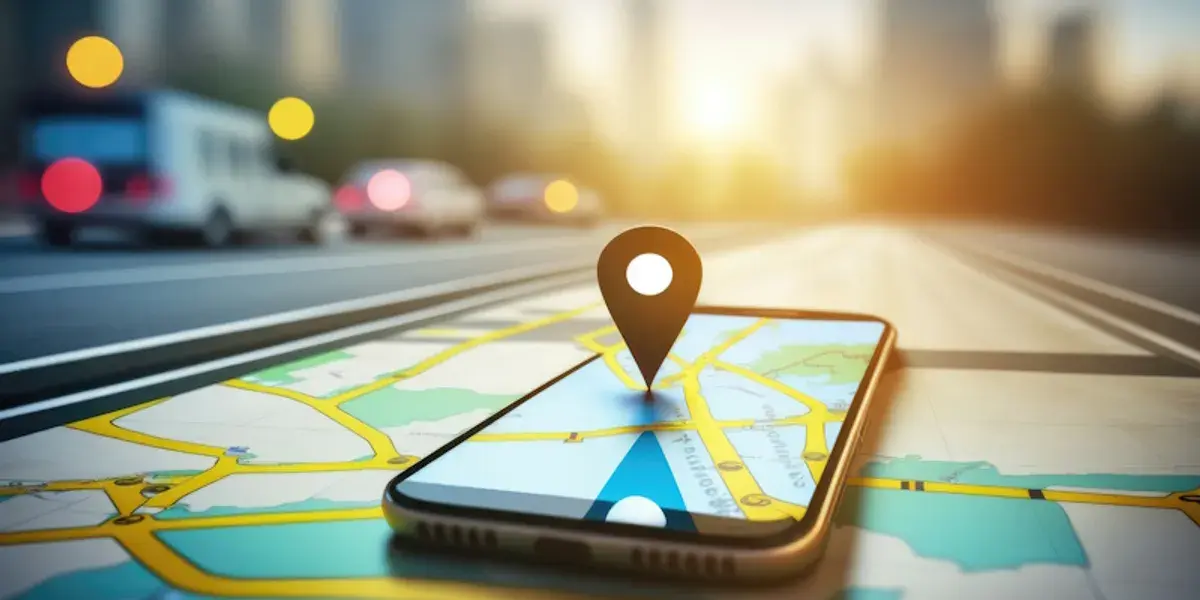In a significant shift towards user privacy, Google Maps is implementing a new approach to location data storage. Previously, user location history, known as Timeline (formerly Location History), was stored in the cloud and linked to Google accounts. However, a recent update allows users to choose on-device storage for their location data. Enhancing user control and potentially mitigating privacy concerns.
Google Maps Prioritizes User Privacy with On-Device Location Storage

Moving from Cloud Storage to On-Device Management
Google has informed users through emails that cloud-based storage of location data will cease after December 1st. This means that Timeline will no longer be accessible on the web and will be tied to the specific device used rather than the user’s overall Google account. Users have the option to save their past 90 days of location history to their device before the deadline. Data older than 90 days will be automatically deleted.
For those who wish to continue using Timeline, Google Maps offers a straightforward process within the app. By navigating to their profile picture and selecting Timeline, users can configure settings to manage data retention. Options include manual deletion or automatic deletion after a user-defined timeframe.
Enhanced Security and User Control
This move towards on-device storage reflects Google’s commitment to user privacy. Previously, the company initiated steps towards user control by removing sensitive locations like healthcare facilities and personal service providers from location history data. Storing location data entirely on devices strengthens this commitment by minimizing the amount of user information accessible in the cloud and potentially reducing the risk of unauthorized access.
Benefits and Considerations for Users
The transition to on-device storage offers several advantages. Users gain greater control over their location data, deciding how long to retain it and whether to delete it manually or automatically. Additionally, this approach potentially reduces concerns about potential breaches of cloud-based data storage.
However, there are also considerations. On-device storage may not be ideal for users who rely on multi-device access to their Timeline. Since Timeline will no longer be accessible through the web interface, users who switch devices or lose their phone may lose access to their location history.
The Future of Location-Based Services and Privacy
Google’s initiative signifies a growing awareness within the tech industry regarding the importance of user privacy. As location-based services continue to evolve, offering features tailored to individual needs while prioritizing user control over data will be key.
The on-device storage option implemented by Google Maps empowers users to make informed decisions about their location data. Whether to prioritize convenience of multi-device access or enhanced security through on-device storage becomes a personal choice for each user. Moving forward, it will be interesting to see how other location-based service providers address user privacy concerns and what future advancements offer a balance between functionality and user control.
Conclusion
Google Maps’ shift to on-device storage for location data represents a significant step towards user privacy. This approach empowers users to take control of their location information, fostering trust and potentially shaping the future of location-based services within the tech industry. While some users may need to adapt to the limitations of on-device storage, overall, this move signifies a positive development for user privacy in the digital age.





